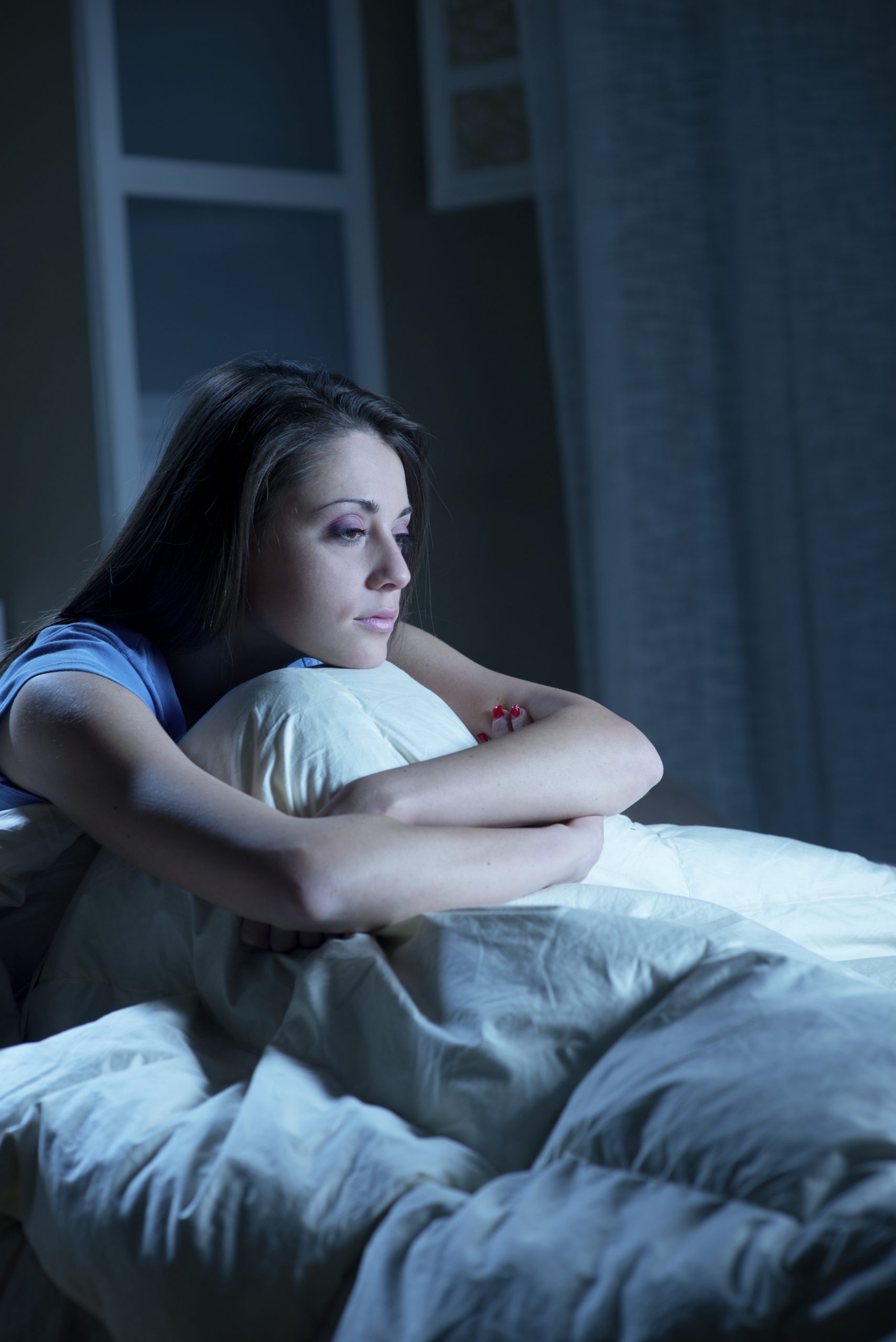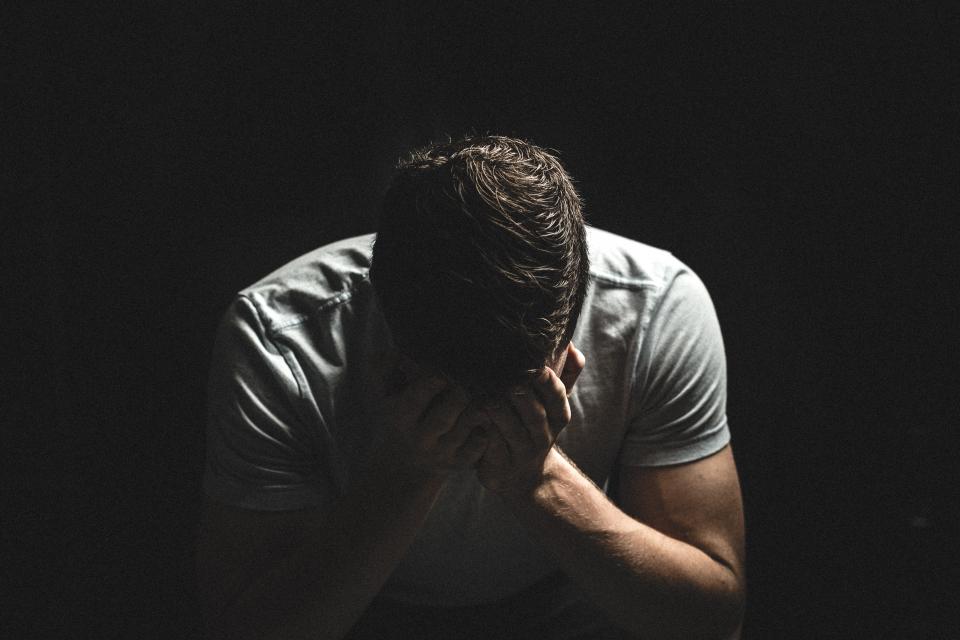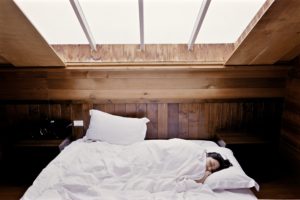As discussed in the previous blog post, RLS can be extremely difficult to live with, especially with the limited treatments available. However, there is hope with nerve decompression treatments. Keep reading to find out more about this revolutionary treatment, and how it can help you!
Dr. James Anderson, the founder of Anderson Podiatry Center, explains, “Over the past several years it has been discovered that the source of your RLS symptoms might be in the very place where the symptoms are: your legs. There are two, maybe three nerve tunnels, in your legs that are causing RLS in many cases.”
Again, the treatments discussed in part one of the post may offer short term relief for RLS symptoms, but they are not an actual solution, and the medications often have bad side effects. Anderson Podiatry Center for Nerve Pain, however, offers nerve decompression treatments, which may give long-lasting relief by treating what they believe the underlying cause of RLS is, not just the symptoms.
Their nerve decompression treatment is extremely successful, with 80-90% of patients getting better. It’s so successful, in fact, that they are submitting for publication what they consider to be the first study on RLS and nerve decompression treatment.
Dr. Anderson explains how they’ve put nerve decompression to the test statistically by studying 40 patients who went through a rigorous trial of before and after treatment. The results were very promising with high success rates.
Dr. Anderson perfectly sums up exactly why nerve decompression treatments may be the best solution to RLS. He says, “People do all this stuff- not sleeping, they take drugs, they just keep suffering- and they can have a relatively simple surgery in 40 minutes and it’s done! Typically, they walk out of surgery, and have relief in just a few days.”
What’s worse is the enormous lack of sleep mixed with having to take drugs can have a huge effect on your general health. Because of this, many people with RLS also suffer from weight gain, depression, and a huge decrease in activity level.
Don’t let RLS control your- or your partner’s- sleep anymore. Get help, and get back to your old self again!



